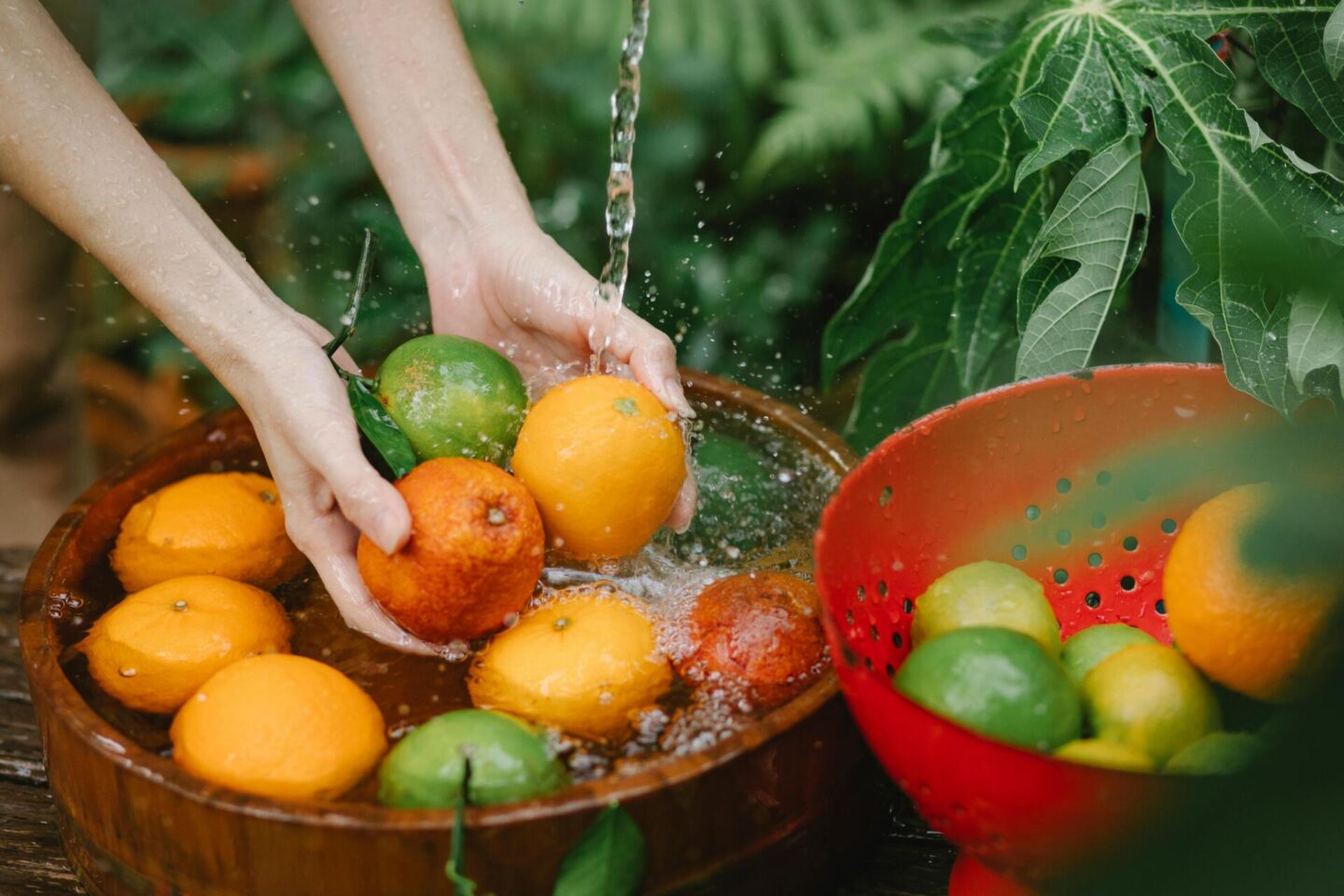
The palette of world cuisines offers an endless array of flavours, each telling a story of culture, tradition, and innovation. As we journey through the culinary landscapes across the globe, we uncover not just unique dishes but also the artistry and history embedded within them. This exploration invites us to taste and appreciate the diversity and richness of cultures through their food.
The Art of Fusion Cuisine – Blending Cultures on a Plate
Fusion cuisine stands as proof of culinary creativity, where chefs weave together elements from different culinary traditions to craft innovative and captivating dishes. This blend not only challenges traditional boundaries but also introduces diners to a new world of flavours. For instance, the California Roll, an American twist on Japanese sushi, incorporates avocado and crabmeat, presenting a unique take that has found a place in the hearts of food lovers worldwide.
Another example is the Kimchi Taco, which brings together Korean and Mexican cuisines and offers a spicy and tangy flavour profile that is both unexpected and delightful. These dishes exemplify how fusion cuisine can create a bridge between cultures and invite us to explore unfamiliar flavours in the comfort of familiar ones.
Fusion recipes often emerge from a deep respect for the original cuisines, combined with a desire to innovate. For example, chefs might take the French technique of sous-vide cooking and apply it to Indian spices and ingredients. This can result in dishes that are tender, flavorful, and truly unique. Such culinary experiments not only enrich the global food scene but also encourage more adventurous dining experiences.
Rediscovering Traditional Cooking Methods
Choosing traditional cooking methods is akin to selecting payment methods on different digital platforms like Ecopayz in an Ecopayz casino, where it’s all about precision, trust, and reliability. Just as choosing the right payment method is crucial for a seamless online experience, opting for traditional cooking techniques can elevate a dish to new heights and unlock flavours and textures that modern methods might overlook.
Around the world, traditional cooking methods have been passed down through generations, each enhancing the natural flavours of local ingredients. In Morocco, the tagine, a slow-cooked stew, is prepared in a conical clay pot that seals in moisture and spices, resulting in tender meat and vegetables infused with rich, aromatic flavours. Similarly, the ancient Japanese technique of Robatayaki involves cooking seafood and vegetables over hot charcoal. It gives a smoky depth that cannot be replicated by modern grills. These methods are not just about cooking, they’re a tribute to cultural heritage, and showcase how history and tradition can shape our dining experiences.
Traditional cooking methods, like the Indian Tandoori or the Mexican barbacoa, remind us that the essence of cuisine lies in its ability to bring out the best in each ingredient. Just as an artist selects their medium carefully, chefs choose their cooking methods with precision.
The Rise of Gourmet Street Food
Street food is undergoing a remarkable transformation, evolving from simple snacks to gourmet delicacies. Across the globe, street vendors and food trucks are elevating their offerings, incorporating high-quality ingredients and innovative cooking techniques to create dishes that rival those found in fine dining establishments. This shift reflects a growing appreciation for diverse, accessible, and uncompromisingly delicious food.
In cities like Bangkok and Mexico City, street food is an integral part of the culinary realm. It offers everything from spicy Thai street noodles to rich and complex Mexican tacos al pastor. These dishes showcase the ability of street food to deliver gourmet flavours in a casual, approachable setting. Meanwhile, in places like New York and London, food trucks offer a global menu, from Korean BBQ burritos to Italian arancini balls, and reflect the cosmopolitan nature of their populations.

